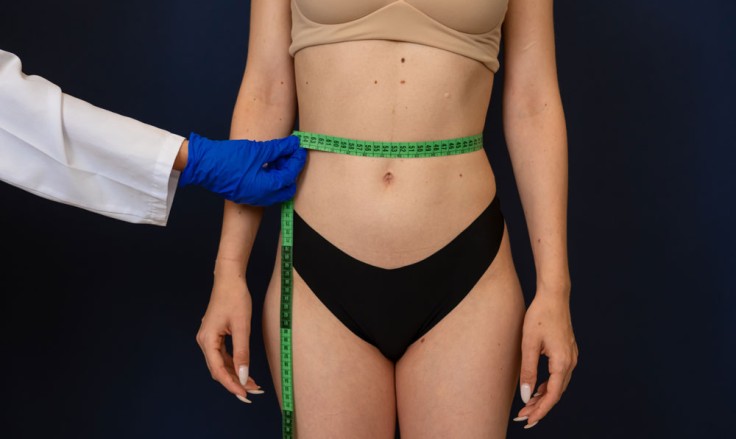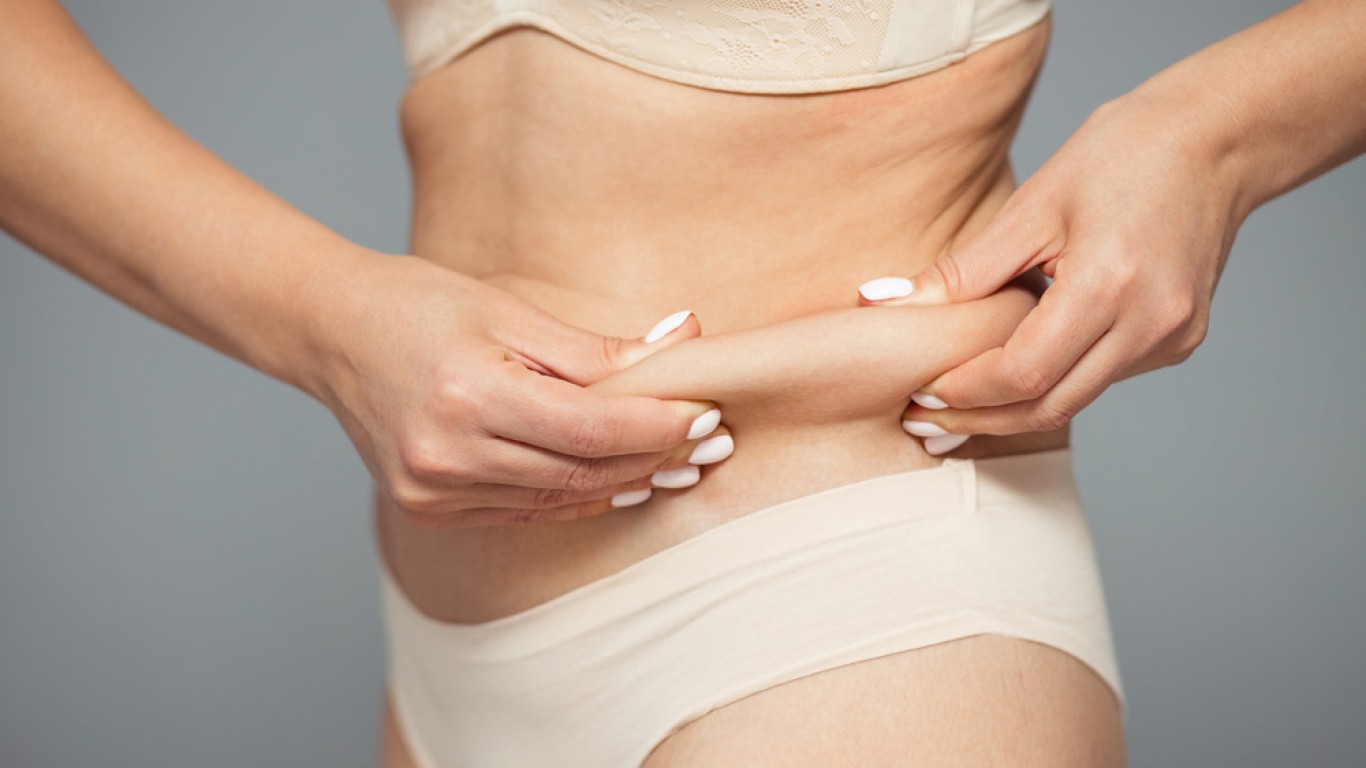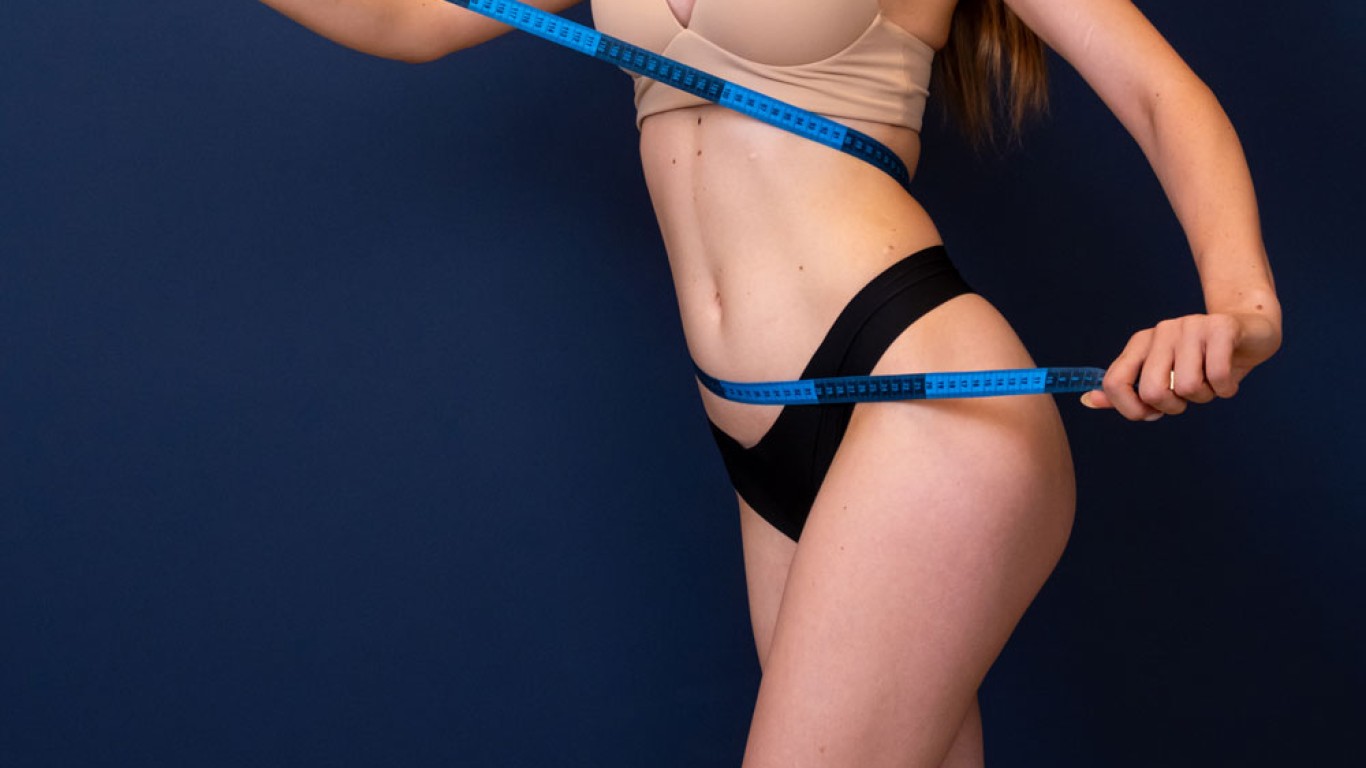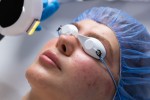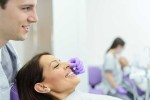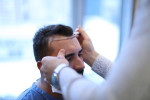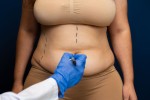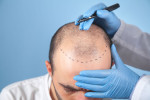Introduction
Liposuction is a popular cosmetic procedure that removes stubborn fat deposits and enhances body contours. However, the recovery process is just as important as the surgery itself. Understanding the liposuction recovery timeline helps patients prepare for each phase and achieve optimal results. This guide details what to expect from the moment the surgery ends to long-term maintenance. Ultimately, by following expert advice, patients can ensure a smooth healing process and optimal outcomes.
The First 24 Hours: Immediate Post-Surgery Care
The first day after liposuction is crucial for managing pain and preventing complications. Patients typically experience swelling, bruising, and mild discomfort.
- Rest and Monitoring. Patients should rest in a comfortable position while avoiding unnecessary movement.
- Compression Garments. Wearing compression garments reduces swelling and supports skin retraction.
- Pain Management. Prescribed medications help control discomfort, while cold compresses minimise swelling.
- Limited Mobility. Short walks around the house improve circulation and prevent blood clots.
- Hydration and Light Eating. Drinking water and eating small, nutritious meals support early recovery.
Days 2-7: Managing Swelling and Bruising
During the first week, swelling and bruising peak before gradually subsiding. Following proper care instructions ensures steady healing.
- Continued Use of Compression Garments. These must be worn 24/7 to control swelling and aid contouring.
- Avoiding Strenuous Activities. Patients should refrain from exercise and heavy lifting.
- Keeping Incisions Clean. Proper wound care prevents infections and promotes healing.
- Mild Walking Encouraged. Light movement improves circulation and reduces stiffness.
- Swelling Management. Keeping the treated area elevated while resting helps reduce inflammation.
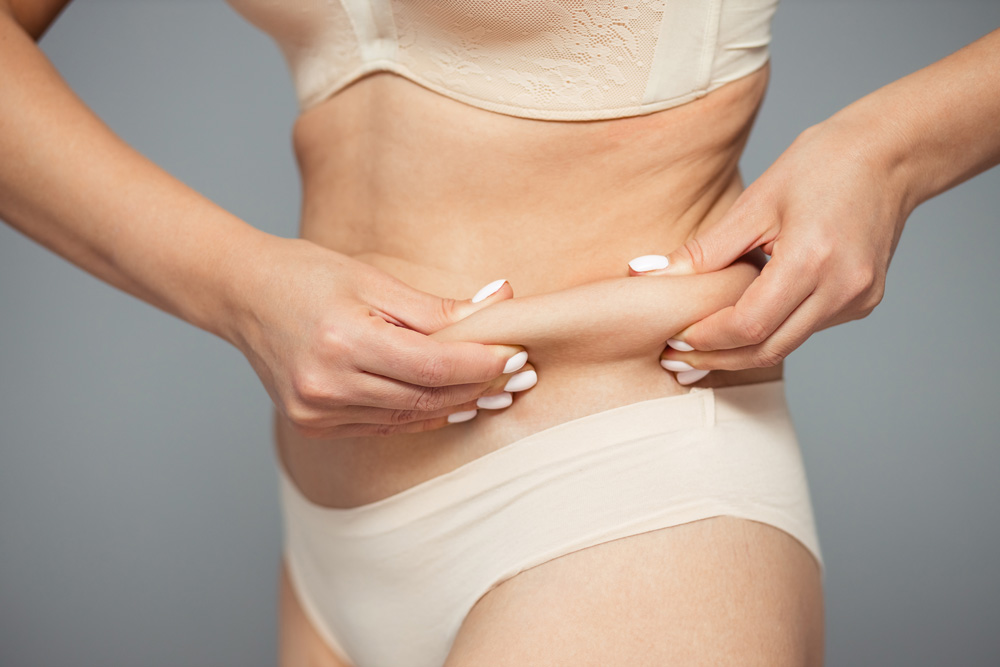
Weeks 2-4: Increasing Mobility and Reducing Discomfort
By the second week, pain and bruising significantly decrease, and patients feel more comfortable moving.
- Gradual Increase in Activity. Light exercises such as short walks and gentle stretching can be introduced.
- Less Frequent Pain Medication. Most patients find pain manageable and reduce medication use.
- Compression Garments Still Required. These should be worn for at least four weeks for optimal contouring.
- Hydration and Nutrition. Eating nutrient-dense foods accelerates tissue repair and reduces inflammation.
- Medical Follow-Ups. Surgeons assess healing progress and address any concerns.
Weeks 4-6: Returning to Normal Activities
Most patients resume daily routines by the end of the first month. Swelling continues to subside, revealing early results.
- Light Workouts Can Resume. Gentle cardio activities, such as walking and cycling, can be introduced.
- Compression Garments Worn Less Frequently. These may now be worn only during the day.
- Noticeable Improvement in Contouring. Swelling reduces, and treated areas appear more sculpted.
- Emphasis on Hydration. Drinking plenty of water supports skin elasticity.
- Continued Monitoring of Healing. Regular check-ups ensure no complications arise.
Months 2-3: Seeing More Defined Results
By the second and third months, most of the swelling has subsided, and results become more apparent.
- Resume Full Workouts. Patients can return to strength training and high-intensity exercises.
- Skin Tightening Treatments (Optional). Some patients may explore treatments like radiofrequency for additional skin tightening.
- Final Stages of Swelling Reduction. Any lingering puffiness should be minimal.
- Scar Management. Applying recommended creams can help fade incision marks.
- Lifestyle Adjustments to Maintain Results. A balanced diet and exercise routine ensure long-lasting benefits.
Months 4-6: Final Recovery and Long-Term Maintenance
At this stage, patients can enjoy the full benefits of liposuction. Final refinements in body contouring become visible.
- Finalised Body Shape. The treated areas reach their ultimate definition.
- Skincare and Hydration Practices Continue. Maintaining skin health ensures lasting results.
- Monitoring for Any Irregularities. Patients should consult their surgeon if any concerns arise.
- Healthy Lifestyle Is Key. Regular workouts and mindful eating prevent fat accumulation in untreated areas.
- Occasional Medical Check-Ups Recommended. Follow-up visits can assess long-term healing.
Common Recovery Concerns and How to Address Them
Understanding potential recovery concerns helps patients manage expectations and take preventive steps.
- Prolonged Swelling. Staying hydrated and wearing compression garments helps control lingering swelling.
- Uneven Contours. Some asymmetry may be present early on but usually resolves over time.
- Numbness in Treated Areas. Temporary numbness may last several months but typically improves naturally.
- Tightness or Firmness in Skin. Gentle massages and skincare treatments can improve elasticity.
- Emotional Adjustments. Patience is key, as final results take months to stabilise.
Additional Tips for a Smooth Recovery
A successful liposuction recovery depends on consistent care and attention to detail. Here are some extra tips to enhance healing and comfort:
- Prioritise Sleep. Rest is essential for cellular repair and tissue regeneration. Ensure quality sleep every night.
- Avoid Alcohol and Smoking. These can delay healing and increase the risk of complications.
- Stay Patient with the Process. Full results take time, so remain patient and trust the recovery timeline.
- Listen to Your Body. If discomfort or fatigue arises, allow yourself time to rest and recover properly.
- Consider Professional Massages. Lymphatic drainage massages help reduce swelling and improve circulation.
Conclusion
Liposuction recovery is a gradual process, requiring patience and adherence to post-surgical care guidelines. Each phase, from immediate aftercare to long-term maintenance, plays a crucial role in achieving optimal results. Wearing compression garments, maintaining hydration, and slowly reintroducing physical activity all contribute to a smooth healing journey. By following a structured liposuction recovery timeline, patients can ensure lasting, sculpted results and enhanced confidence.
For more information and to book a consultation visit the ACIBADEM Beauty Center liposuction page.
Frequently Asked Questions
Most patients see full recovery within three to six months, depending on their healing process.
Typically, compression garments should be worn for at least four to six weeks.
Light walking is encouraged immediately, but strenuous workouts should be avoided for at least four weeks.
Wearing compression garments, staying hydrated, and maintaining light activity help minimise swelling.
Visible improvements appear by the third month, with final results becoming clear by six months.
